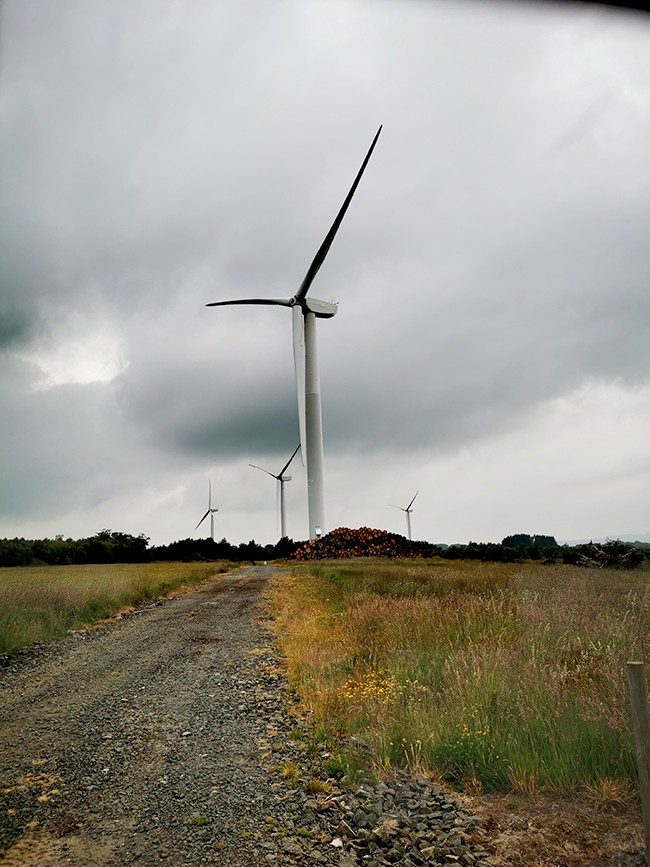Increasing renewable distributed generation for resilient energy communities.

Decarbonization of the UK energy sector must be intensified in order to achieve current targets. One of the existing challenges to accelerate decarbonization in energy systems is a lack of enabling infrastructure, including construction and upgrades needed to produce, transport, and store clean energy in different forms. This lack of infrastructure creates delays and restrictions for connecting new renewable generation projects to the grid. Although renewable energy is affordable and widely available, the initial cost in enabling infrastructure can be prohibitive for certain customers, including community groups and vulnerable customers. These high costs leave them unable to deploy renewable energy technologies and benefit from local renewable energy production and consumption.
About the research
Despite the lack of incentives, community energy organisations across the UK continue to grow and explore new ways to accelerate decarbonization and help promote a just energy transition towards a net zero energy future.1 Community energy refers to community-led actions to reduce, purchase, manage, and generate energy, promoting local engagement, leadership, control, and collective benefits from the project outcomes.2
The Sustainable Innovative Finance Foundations For Wind Turbines (SIFFFT) project led by Bristol Energy Network is among these community energy initiatives. It aims at identifying untapped sites for onshore wind turbines within the West of England Combined Authority boundary, develop sites to the pre-planning and ecological screening stage, and empower local communities to operate and administer onshore wind themselves.3,4 The SIFFFT project will contribute to national energy sovereignty, bring local people profits, jobs, and educational opportunities, and reduce the region’s emissions by creating 70 MW of renewable energy capacity.
This research extends the SIFFFT project by providing a strategic framework for specifications, assessment, and enhancements in the resilience of community wind energy projects. It has investigated the feasibility of using a 4.2 MW wind turbine to provide local energy supply to a large number of residential customers in combination with other distributed renewable generation units (namely, solar photovoltaic panels and battery energy storage) in the event of a prolonged outage in which the external grid is unavailable.
Policy recommendations
- Information provided by transmission system operators and distribution network operators should be more transparent to enable local energy actors to make informed decisions on renewable energy project developments
- Improvements in local area energy planning are needed to increase uptake of clean energy technologies at local levels and enable local authorities to deliver effective actions towards net zero
- Strategic investment at national and regional levels is required to enable renewable energy communities to connect to the grid at different voltage levels and geographic scales
- The grid connection process needs reform to prioritize community-led renewable energy initiatives
- Incentives for innovative business models involving local energy actors to emerge are needed, as well as financing mechanisms to alleviate high upfront costs of renewable energy initiatives
- The benefits provided by local energy initiatives should be taken into account when prioritizing new connections to the grid, including contributions to energy supply and grid support services, creation of local jobs, and professional training and educational opportunities
Key Findings
- Wind energy can provide local energy supply to a large number of residential customers while satisfying operating constraints of the network.
- The combination of wind and solar energy plus storage can provide back-up supply to the customers when the external grid supply is not available, under the assumption that island-mode operation is enabled.
- Possibility of self-sufficient renewable energy provision at local level using an appropriate mix of wind energy, solar energy, and battery storage.
- Lack of information about existing network constraints and energy consumption patterns increases uncertainties in power balancing, protection, control, reliability and resilience of the grid.
- A comprehensive location-specific assessment is required to ensure that the community energy system is able to operate in island mode, satisfying distinct power quality, stability, reliability, protection, and control requirements.
Further Information
Footnotes
Authors
Dr Laiz Souto, Senior Research Associate, University of Bristol
Policy Briefing 140: Oct 2023
Increasing renewable distributed generation for resilient energy communities. (PDF, 348kB)
Contact the researchers
Electrical Energy Management Group
laiz.souto@bristol.ac.uk
Benefits of increasing renewable energy at local levels
Among the benefits, increasing uptake of renewable energy at local level contributes to increase energy access, reduce energy poverty, reduce financial losses caused by climate change impacts on critical infrastructure and services, reduce network congestion through local energy use and flexibility service provision, and promote just energy transitions to a net zero future. Therefore, local energy actors must be empowered to implement their renewable energy initiatives.